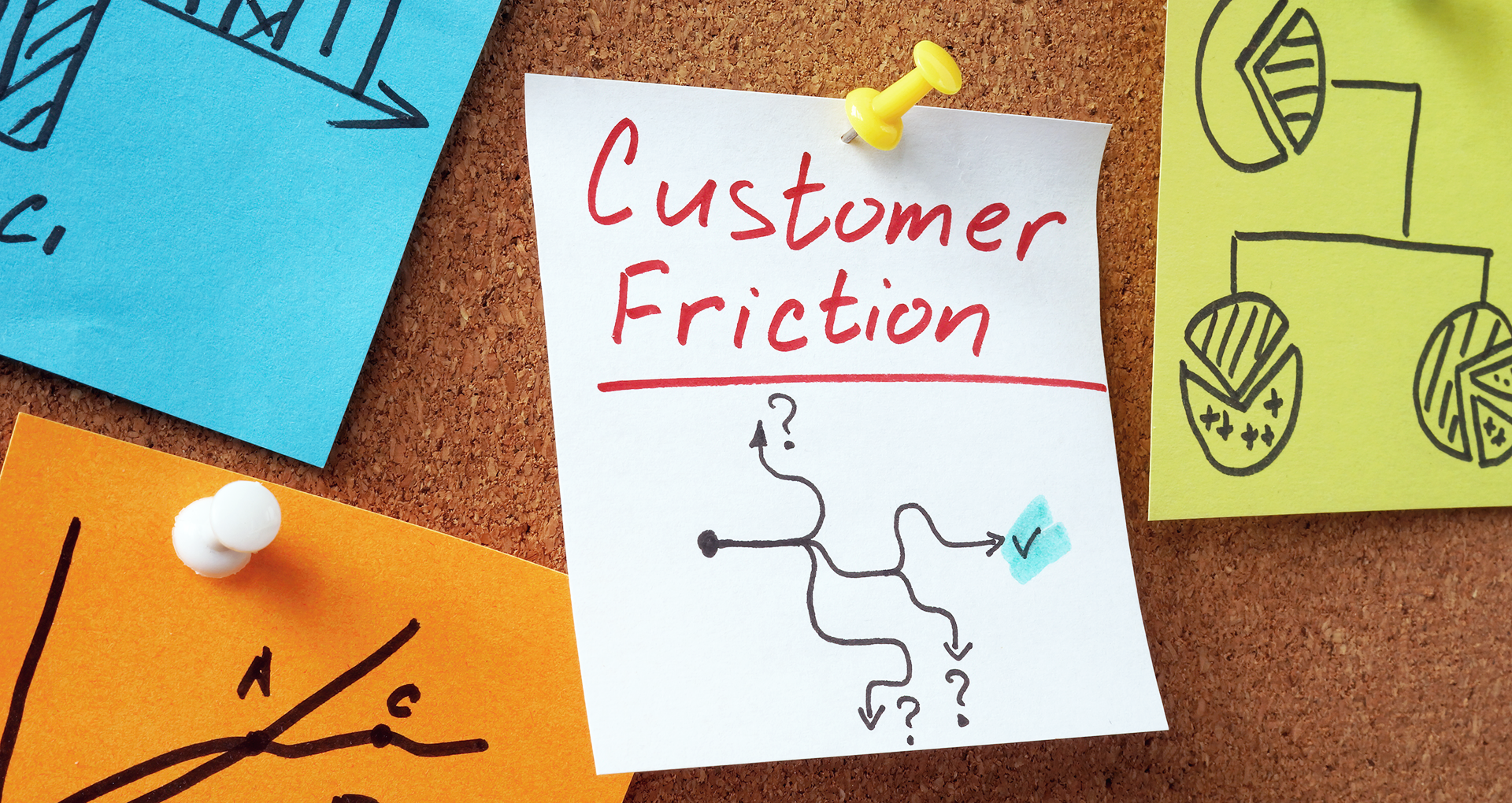Customer Journey – The path of patients and healthcare professionals to the decision

Content
- What is the customer journey?
- The phases of the customer journey in the pharma and healthcare sector
- Digital and analogue touchpoints along the customer journey
- Challenges and special features of the customer journey in the pharmaceutical industry
- Conclusion: The customer journey as a key strategy in Pharma-Marketing
What is the customer journey?
The customer journey describes the entire process that a customer goes through from the first perception of a product or brand to the final decision and beyond. In the pharmaceutical and healthcare industry, this journey is often more complex than in other sectors, as medical decisions require a sound and fact-based foundation.
In pharmaceutical marketing, the customer journey comprises various touchpoints at which patients, doctors or pharmacists come into contact with a medication, therapy or healthcare solution. Both digital and analogue channels play a decisive role here. The customer journey offers pharmaceutical companies an opportunity to recognise individual needs, respond specifically to information requirements and thus build a trusting relationship.
The phases of the customer journey in the pharma and healthcare sector
The customer journey is divided into several phases that are based on the decision-making processes of patients and healthcare professionals. These phases must be strategically planned in Pharma-Marketing in order to place the right message at the right time:
- Awareness (creating awareness): In this phase, the target group becomes aware of a health challenge or a specific product. This can be done through specialist articles, social media, doctor training or targeted campaigns.
- Consideration (information phase): Here, patients or doctors actively search for detailed information, compare alternatives and evaluate their relevance to their own situation.
- Decision (decision-making): The final choice of a medication or therapy option is made. Doctors play a key role as decision-makers for the therapy.
- Retention (aftercare and retention): After prescription or initial use, it is crucial that patients are supported to ensure long-term adherence to therapy.
- Advocacy (recommendation and trust): Satisfied patients or medical professionals can act as multipliers and increase the credibility of a product or brand through personal recommendations or professional articles.
Digital and analogue touchpoints along the customer journey
In the pharmaceutical and healthcare industry, there are a large number of touchpoints that are organised differently depending on the target group. These touchpoints can be divided into two broad categories:
Digital touchpoints:
- Pharmaceutical websites and company portals
- Patient and specialist portals
- E-learnings and webinars
- Social media channels and digital specialist networks
- Email marketing and newsletters
- Online forums and patient communities
Analogue touchpoints:
- Consultations with doctors and pharmaceutical advice in pharmacies
- Medical congresses and trade fairs
- Print media such as trade journals and patient brochures
- Field service visits by pharmaceutical sales representatives
Pharmaceutical companies must strategically combine the various channels to create a seamless and consistent experience for their target groups.
Challenges and special features of the customer journey in the pharmaceutical industry
The customer journey in the pharmaceutical and healthcare sector differs significantly from traditional consumer goods industries. Strict regulatory requirements, complex decision-making processes and an often multi-level target group approach make it necessary to develop particularly well thought-out strategies.
Here are some of the challenges:
- Regulatory restrictions: Advertising measures are subject to strict laws, e.g. the German Drug Advertising Act (HWG), which prohibits the advertising of prescription drugs to end consumers.
- Multi-stakeholder decisions: Patients, doctors, pharmacists and health insurance companies all influence the choice of therapy, which requires differentiated communication.
- Long-term relationship building: Trust is essential in the healthcare sector in particular, which is why companies need to focus on providing information in a sustainable manner.
- Increasing digitalisation: Digital offerings such as telemedicine or personalised patient apps are changing the information and decision-making behaviour of target groups.
Conclusion: The customer journey as a key strategy in Pharma-Marketing
In pharmaceutical and healthcare marketing, the customer journey is an essential tool for providing targeted guidance and support to patients, doctors and other stakeholders. By precisely analysing the various phases and touchpoints, pharmaceutical companies can personalise their communication, deliver relevant content and thus create long-term customer loyalty.
Digitalisation also opens up new opportunities to offer interactive and data-driven solutions. Successful pharmaceutical marketers therefore rely on an omni-channel strategy that combines digital and analogue measures in order to meet the requirements of an increasingly networked healthcare industry.
